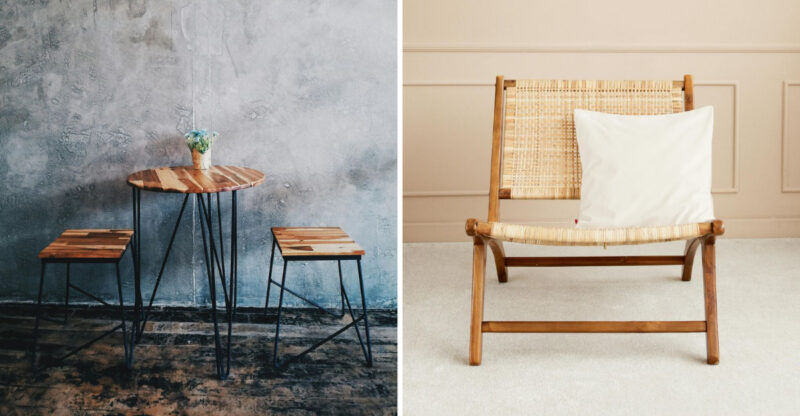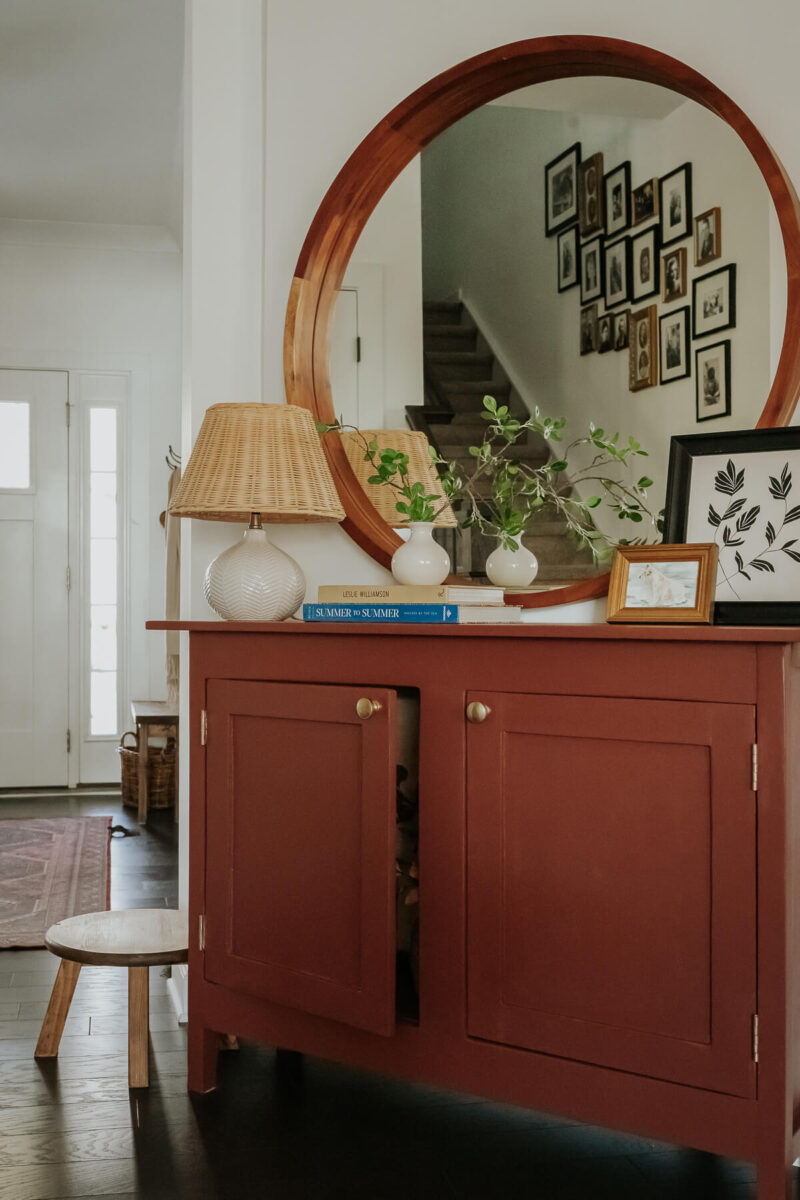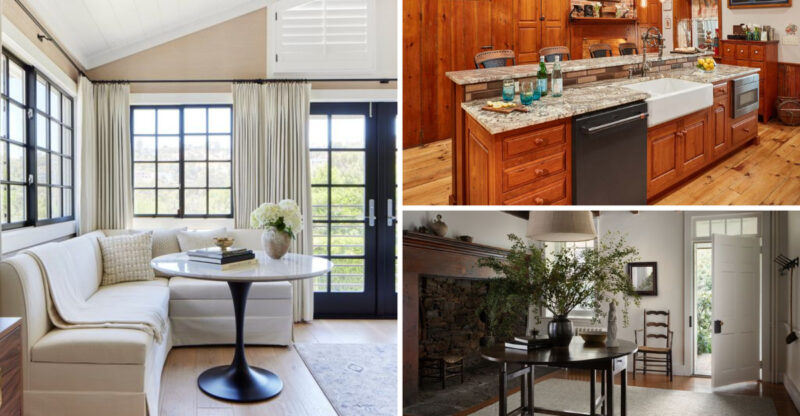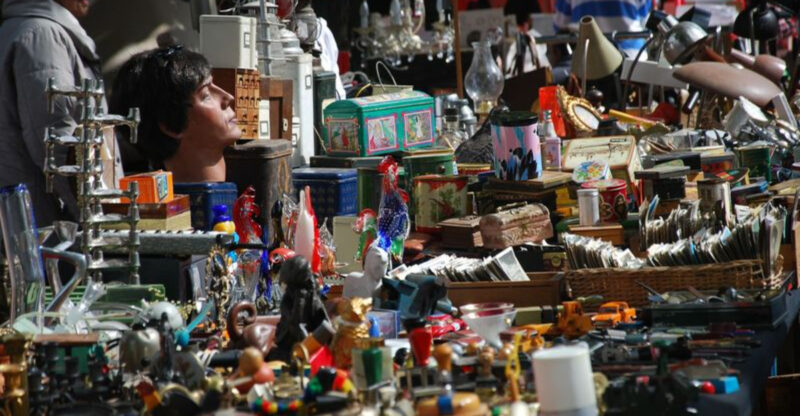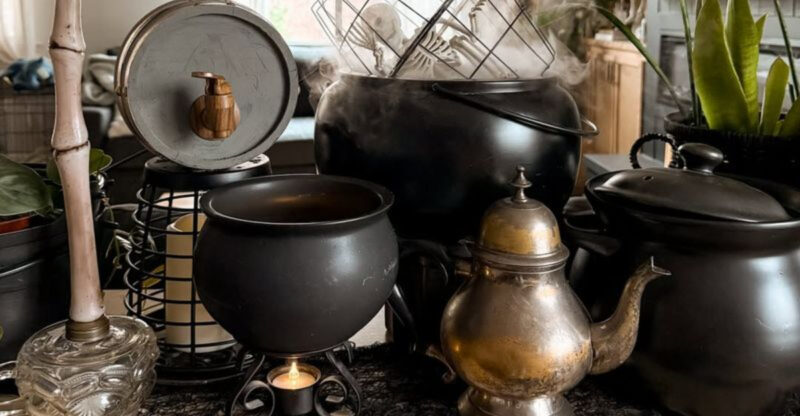Alaska Cabin Living Rooms Designed For Long Winters
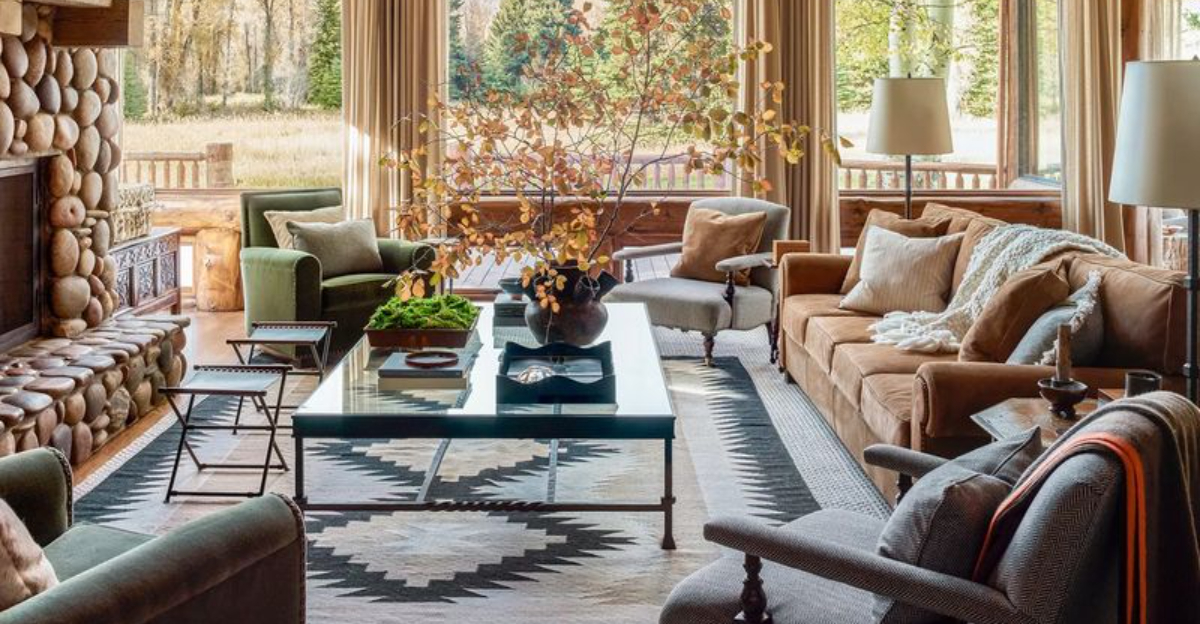
Snow piles high outside while woodsmoke drifts into the frozen air. Inside, the living room glows with firelight and soft lamplight, a refuge from months of ice and silence.
In Alaska, winters stretch on, shaping homes where warmth and comfort aren’t luxuries – they’re lifelines.
Each cabin living room blends rugged practicality with a sense of welcome, turning long, dark nights into seasons of gathering, reading, and watching the northern lights sweep across the sky.
1. Massive Stone Fireplaces As Focal Points
Nothing says Alaskan winter-ready like a towering stone fireplace anchoring the living space. These magnificent structures store heat long after the flames die down, keeping cabins toasty through frigid nights.
Local river rock and fieldstone create stunning natural patterns unique to each home. Many feature built-in wood storage niches or raised hearths perfect for warming cold feet after a day outdoors.
2. Floor-To-Ceiling Windows With Snowy Views
Strategic window placement transforms Alaska winter’s isolation into breathtaking panoramas. Thoughtful designs position these glass walls to capture northern lights displays and the pink alpenglow on snow-covered mountains.
Triple-pane glass keeps the cold at bay while framing nature’s artwork. Residents enjoy watching wildlife wander through pristine snowfields without leaving their comfortable perch on nearby sofas or window seats.
3. Exposed Log Walls With Rustic Charm
Hand-peeled logs create walls that tell stories through their natural contours and warm amber tones. Each knot and grain pattern adds character while the logs themselves provide excellent insulation against howling winter winds.
Some cabins feature logs harvested directly from the property, creating a beautiful connection to the land. Chinking between logs, traditionally a mixture of clay, lime and straw, now includes modern materials for superior weatherproofing.
4. Cozy Reading Nooks With Layered Textiles
Tucked beside windows or nestled near heat sources, these intimate spaces invite hours of literary escape during short winter days. Alaskan cabin owners excel at creating these sanctuaries using reclaimed materials and locally-crafted cushions.
Layers of wool blankets, faux fur throws, and handwoven textiles add both warmth and visual interest. Small shelves keep favorite books within reach, while adjustable lighting ensures comfortable reading even during the darkest winter afternoons.
5. Open-Concept Spaces With Wood-Burning Stoves
Cast iron or steel wood stoves become both practical necessities and cherished gathering points. Their smaller footprint compared to full fireplaces makes them perfect for open layouts where heat can circulate freely throughout connected kitchen and dining areas.
Carefully positioned stoves create natural activity zones in the living space. Many feature soapstone components that continue radiating gentle heat hours after the fire subsides – perfect for those -40°F nights when the aurora dances overhead.
6. Handcrafted Furniture From Local Timber
Spruce, birch, and cedar transform into sturdy furniture pieces that withstand decades of winter gatherings. Local craftspeople honor traditional joinery techniques, creating heirloom-quality items that tell Alaska’s story through wood.
Live-edge coffee tables showcase the tree’s natural contours. Chair arms and sofa frames often feature hand-carved details inspired by native wildlife or landscapes. These pieces develop rich patinas over time, becoming more beautiful with each passing winter.
7. Warm Neutral Palettes With Natural Accents
Earth tones dominate these interiors, reflecting the subdued winter landscape while creating spaces that feel grounded and peaceful. Cream, caramel, and deep brown bases allow vibrant accent pieces to shine without overwhelming the senses.
Natural elements bring the outside in – antler candle holders, birch bark containers, or river stone coasters. Wall colors often mirror the warm golden hour light that skims across snow-covered landscapes, creating spaces that glow with gentle ambiance even during brief daylight hours.
8. Vaulted Ceilings With Dramatic Beams
Soaring overhead spaces prevent cabin fever during months of indoor living. These architectural features draw the eye upward, creating visual breathing room that counterbalances the cozy, intimate furniture arrangements below.
Exposed beams – often hand-hewn from local timber – add structural interest and rustic elegance. Many cabin owners install subtle uplighting along these beams, creating indirect illumination that mimics the soft glow of Alaskan winter sunshine reflecting off snow.
9. Built-In Storage For Winter Gear Essentials
Clever cabinetry and storage solutions keep Alaskan winter essentials organized yet accessible. Custom mudroom transitions between living spaces feature heated boot drawers, glove drying racks, and specialized storage for outdoor equipment.
Living room built-ins often include dedicated spots for board games, puzzles, and craft supplies – winter entertainment necessities. Some cabins incorporate hidden storage within window seats or ottomans, maximizing space efficiency while maintaining the clean, uncluttered aesthetic that makes these rooms feel peaceful.
10. Antler Chandeliers And Statement Lighting
Naturally shed antlers transform into striking light fixtures that honor Alaska’s wildlife while providing essential illumination during long dark winters. These sculptural elements often become conversation pieces, especially when crafted by local artisans.
Smart lighting design creates layers – ambient, task, and accent – allowing residents to adjust the mood throughout winter’s varying daylight hours. Many cabins incorporate dimmers throughout, transitioning from bright morning energy to subdued evening ambiance that won’t interfere with northern lights viewing.
11. Heated Flooring For Extra Comfort
Radiant floor heating systems transform cold morning routines into pleasant experiences, even in negative temperatures. Beyond comfort, these systems efficiently distribute warmth throughout the space, eliminating cold spots common with traditional heating.
Stone and tile floors retain heat beautifully, creating thermal mass that stabilizes indoor temperatures. Many cabins combine heated floors with area rugs strategically placed for texture and visual warmth, offering both bare feet and slippered ones a cozy path throughout winter living spaces.
12. Layered Rugs And Oversized Sectional Sofas
Deep, plush sectionals provide enough seating for everyone during those inevitable days when blizzards keep the family indoors. These conversation-friendly arrangements often face both the fireplace and windows, allowing views of both crackling flames and snow-laden landscapes.
Layered rugs define conversation areas while adding crucial warmth underfoot. Alaskan homeowners often combine practical, durable base layers with softer, more decorative top rugs that can be changed seasonally – bringing in richer textures and deeper colors for winter months.

